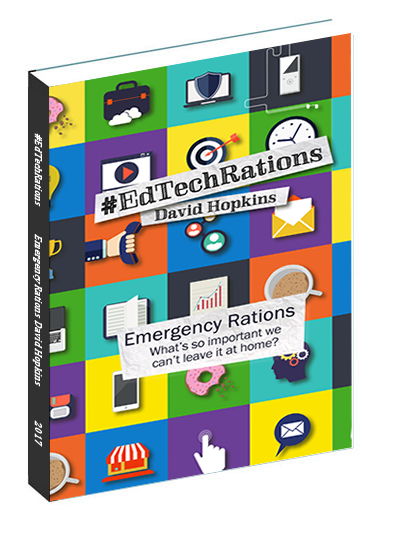eLearning, where do we go from here?
Using the tools of Web 2.0 (wiki, blog, podcast, etc) learners are starting at younger and younger ages. The technology is appearing at home when they are younger and so their expectations of when and where to use it are changing (“Generation Y”)
When they get to further and higher education they ‘expect’ that they will use a wiki, use a blog or be given a podcast (or be asked to produce their own). So we, the teachers and Learning Technologists, need to be able to offer this so we can match, and even exceed, their expectations.
Steve O’Hear noted that Web 2.0 is ” … not designed specifically for use in education” but went on to say that “these tools are helping to make e-learning far more personal, social, and flexible.”
However, Steve has now coined a term I thought, or hoped, I wouldn’t hear: “eLearning 2.0“. It’s not that there is anything wrong with the phrase, but it is obviously based on the term Web 2.0 which itself is not really a real term (we have not had a major shift from Web 1.0 to Web 2.0 as the name suggests).
“The traditional approach to e-learning”, he says, “has been to employ the use of a Virtual Learning Environment (VLE), software that is often cumbersome and expensive – and which tends to be structured around courses, timetables, and testing.” This is often based around the needs of the institution rather than the learner. The contrast between the VLE approach and the eLearning 2.0 approach is that the latter “combines the use of discrete but complementary tools and web services – such as blogs, wikis, and other social software – to support the creation of ad-hoc learning communities.”
Collaborative eLearning Systems
Traditional Learning Management Systems (LMS)
The development of the new suite of eLearning tools is going on outside the ‘traditional’ places .. it’s happening in the (virtual) classrooms, born of the need of the learners, not the educators. The Internet is now about the two-way communication and collaboration, and the classroom has become the ideal, if not natural, location for this to happen. The ‘old school’ systems (VLE, LMS) don’t have the direction and ability to enable the learners to focus on the community aspects of learning. “They are expensive”, writes Steve O’Hear, “and are generally seen as clunky and difficult to use – not unlike traditional Content Management Systems in enterprises. They also have a lot of features that most teachers and students don’t want or need.”

















